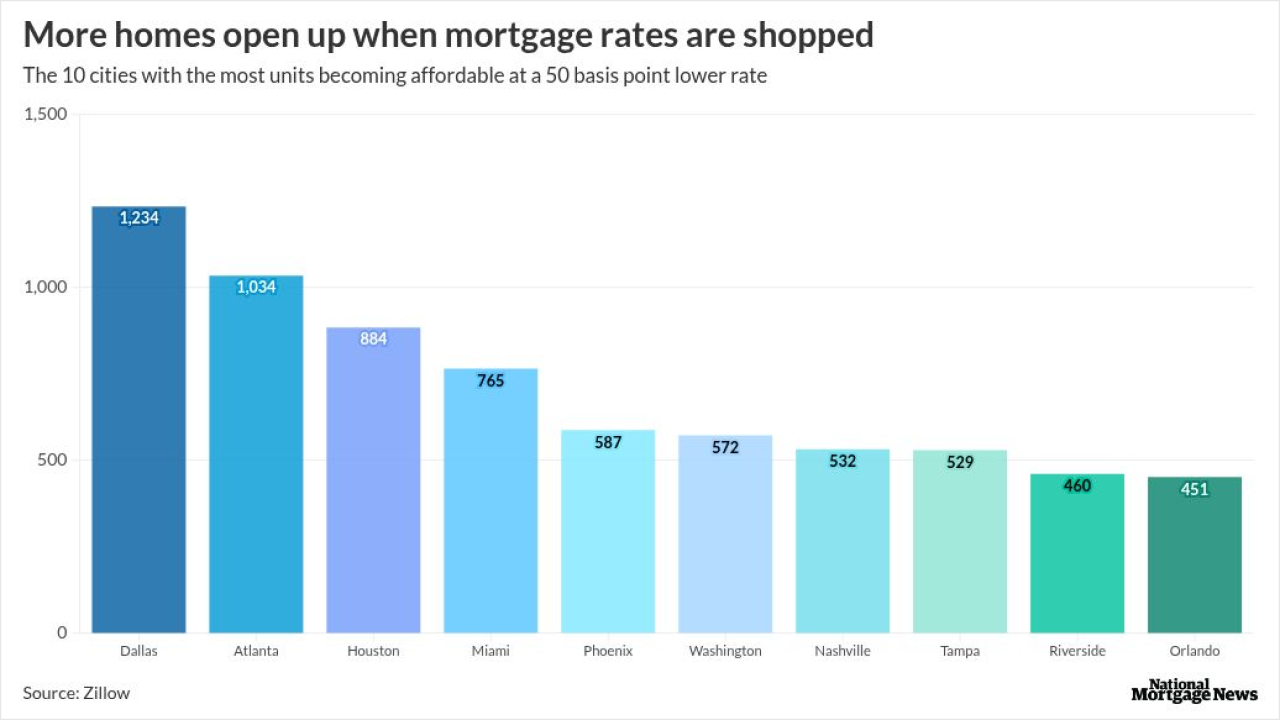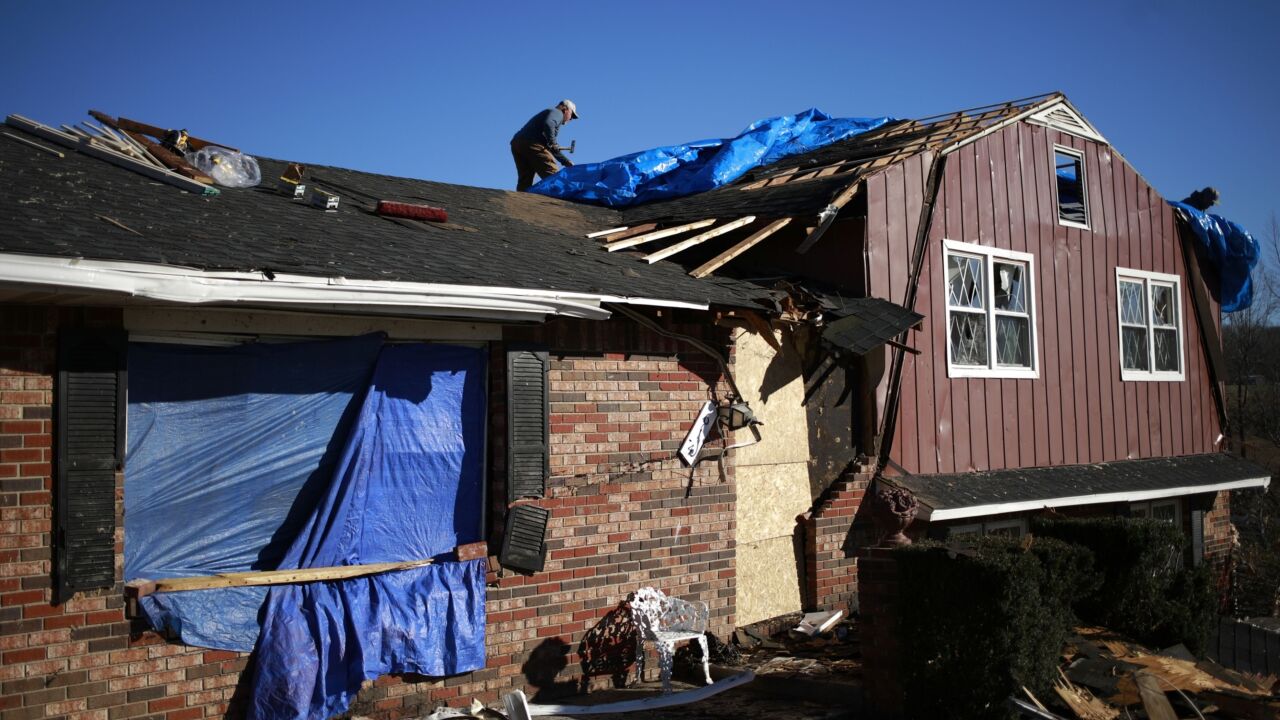Ask any mortgage servicer that survived the Great Recession and they will tell you — it was bad. To be sure, it took years to recover from the nation's largest foreclosure crisis in decades. And yet, in just a few short months, the mortgage default pendulum has swung drastically from historically low delinquency rates to levels we have never experienced before.
In a recent National Mortgage News article, Black Knight predicted mortgage
Ultimately, there is little that servicers can do individually to prevent the tidal wave of delinquencies from happening. However, in the face of these challenges and an almost unfathomable demand from borrowers for relief, every servicer needs to be thinking long and hard about the technologies they have in place and whether they are capable of mitigating the risks on their business.
Consider the fact that more than 38 million American workers, nearly one out of every five,
It's true that COVID-19 relief initiatives have
The early numbers reflect calm waters but to proceed with caution. The Mortgage Bankers Association reported delinquencies
As COVID-19-related delinquencies mount, servicers can expect escalating administrative costs in their attempt to ramp up extensive loss mitigation efforts. Undoubtedly, they will also struggle with changes to those processes and program options, which will likely increase at a volume and velocity never experienced before.
From regulatory updates to modification guidelines to reporting requirements, mortgage servicers must be ready to analyze implement and administer a myriad of rules. This is in addition to the burdens of exception processing and the need to virtually communicate with borrowers, many of whom are justifiably panicked.
When it comes to technology, the most compelling and effective response to the current crisis will involve a combination of cloud computing and workflow automation. Cloud computing solutions delivered through full-service SaaS offerings have already freed servicers from the handcuffs of older technology and the costs associated with the constant IT development. However, many servicers have not yet combined cloud technology with modern, digital workflow automation technologies, which is the key to improving efficiency and managing large spikes in activities of any kind. Think automation of forbearance requests, payment deferral requests, borrower notifications and education, QRPC, eligibility, bulk processing of loan modifications, connectivity to third-party service provider partners and more.
Only by leveraging these two technical innovations will servicers have the capacity and scale necessary to withstand the current disaster, not just during the short term but in the months after the brunt of the pandemic has hit. But default servicing teams also need technology partners with immediate access to existing and future loss mitigation and relief programs, as well as a repository of data and decisioning to support evolving processes.
It is still difficult to imagine any event causing more devastation to the housing market or our economy than the Great Recession did. And yet, here we are, in a new crisis that could be much worse. Fortunately, there are technologies that every servicer can leverage to reduce the impact on their customers and their business operations. Now is the time to use them.





